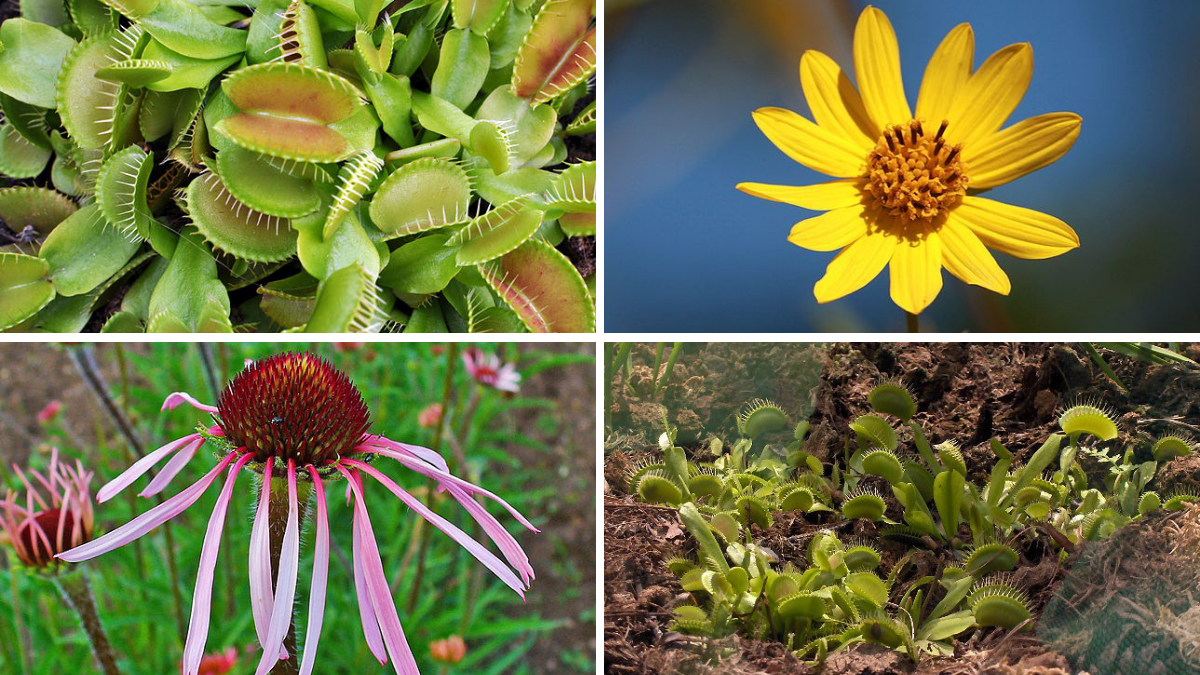Public Encouraged to Weigh in by May 20 on Inclusion of Plant Species in NC Wildlife Action Plan

Blog repurposed from N.C. Wildlife Resources Commission press release.
The online public comment period to weigh in on the inclusion of plant species is open until May 20. N.C. Wildlife Resources Commission is working on an addition to the 2015 Wildlife Action Plan that would:
- Add plant North Carolina’s Species of Greatest Conservation Need (SGCN) as a component of the state’s natural communities
- Add a new natural community description for Piedmont and Coastal Plain Oak Forests
- Provide habitat associations between plant SGCN and the natural communities
Addendum 2 is in preparation for the anticipated passage of the Recovering America’s Wildlife Act (RAWA), including provisions for plant conservation. As currently proposed, RAWA will provide new federal matching grant funds to states that include plants such as SGCN in their Wildlife Action Plans. The Wildlife Commission will join 15 other state wildlife agencies with plants in their Wildlife Action Plans.
“Conservation is critical to preserve genetic diversity and seed sources, especially for rare plants limited to small, isolated or fragmented populations,” said Cindy Simpson, Wildlife Action Plan coordinator. “In comparison to wildlife species that can move across the landscape, plants are at greater risk to direct impacts from threats because they are rooted within their landscape position.”
The Wildlife Commission developed Addendum 2 through collaboration with the N.C. Department of Agriculture and Consumer Services, Plant Conservation Program and N.C. Department of Natural and Cultural Resources, Natural Heritage Program.
“Plant species represent a very large proportion of our state’s total biodiversity,” said Lesley Starke, program administrator for the NC Plant Conservation Program at the Department of Agriculture and Consumer Services. “Adding plants into the Wildlife Action Plan will expand the scope and impact of this conservation strategy. By identifying conservation needs and enacting conservation programs earlier for at-risk species, we hope to reduce the need to list species.”
“Adding plants to the list of SGCN will help promote wider recognition of the role of native plants in wildlife habitats and will help increase federal funding for plant conservation in North Carolina,” said Misty Buchanan, deputy director for Natural Heritage Program. “This habitat-based approach will benefit native plants, wildlife and the habitat that supports them.”
N.C. Plant Conservation Program manages plant conservation in the state, including adopting a state list of protected plant species, adopting and enforcing regulations that protect, conserve and enhance those listed species, and developing conservation programs for the benefit of listed species. The program is also responsible for managing more than 14,500 acres of conservation preserve properties across the state, which provide critical conservation for plant species.
N.C. Natural Heritage Program maintains a statewide inventory of rare native plant species in decline, believed to have been extirpated, or presumed extinct. The Natural Heritage Program works with the Plant Conservation Program to maintain inventory information on plant species listed as Endangered, Threatened, Special Concern or Significantly Rare.
Learn more about imperiled plant species
Watch the NC Imperiled Plants and the Wildlife Action Plan webinar hosted by NCWF’s South Wake Conservationists with guest speaker Lesley Starke of the NC Plant Conservation Program.
